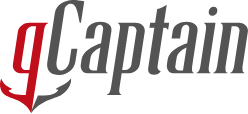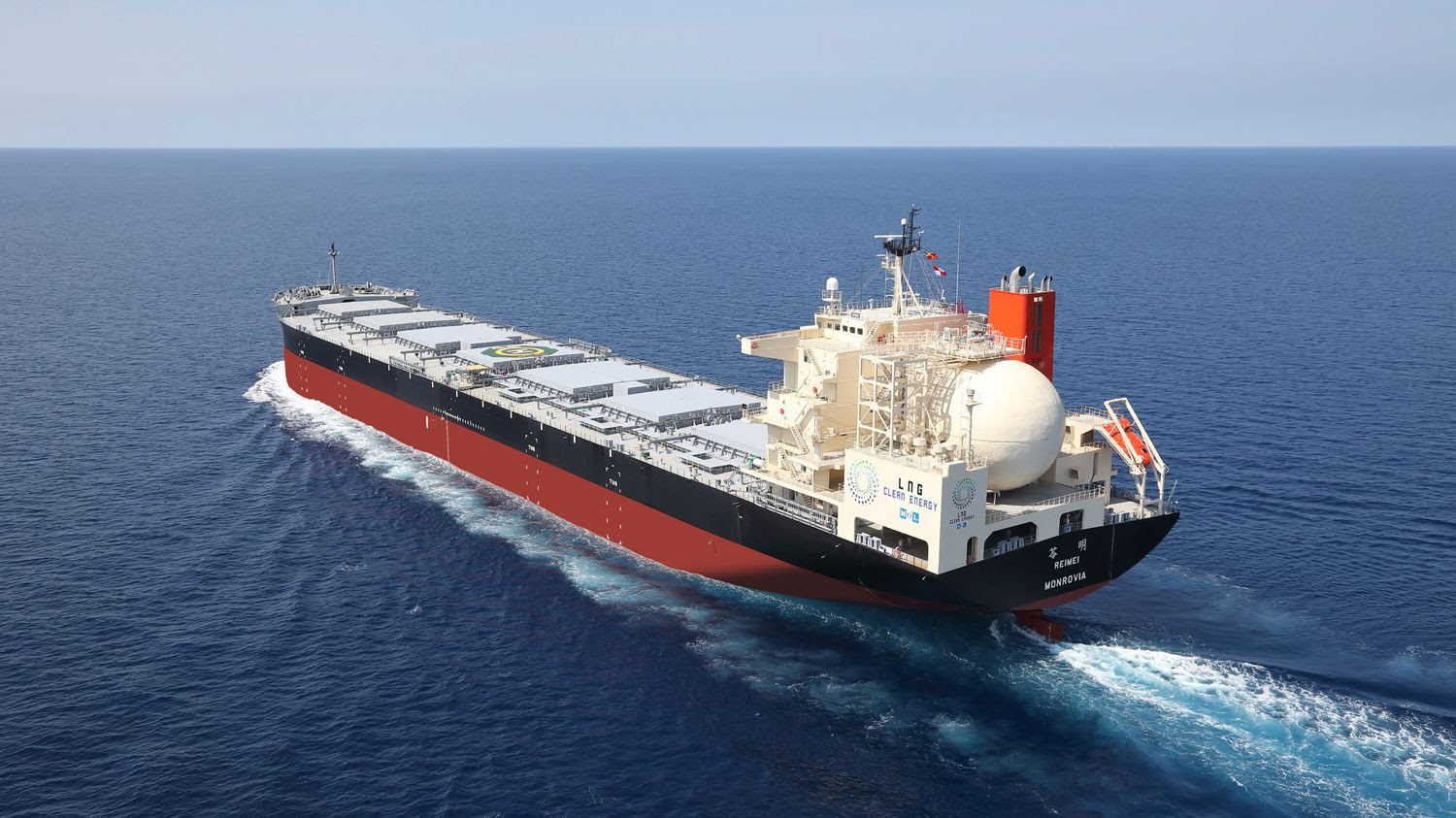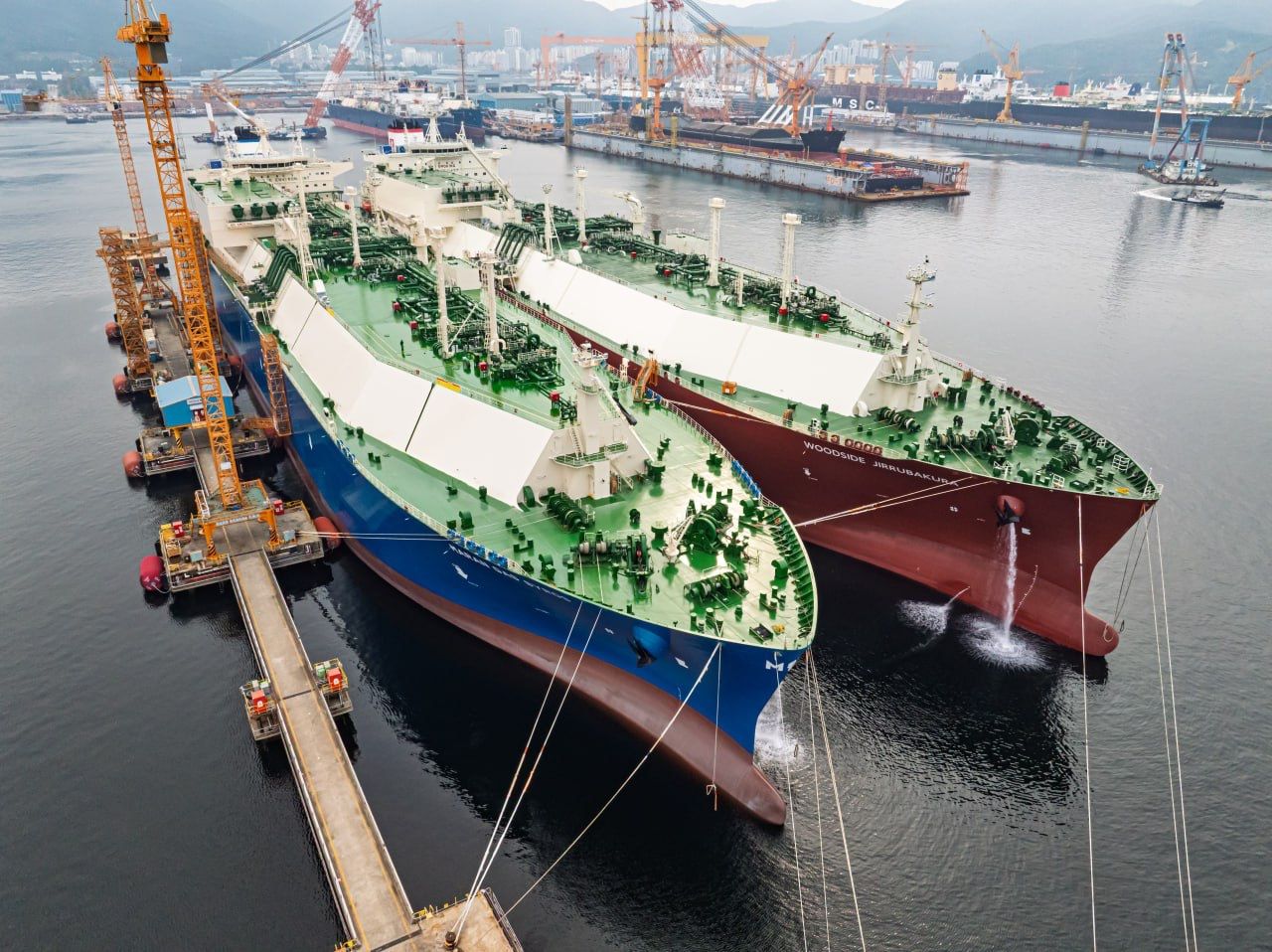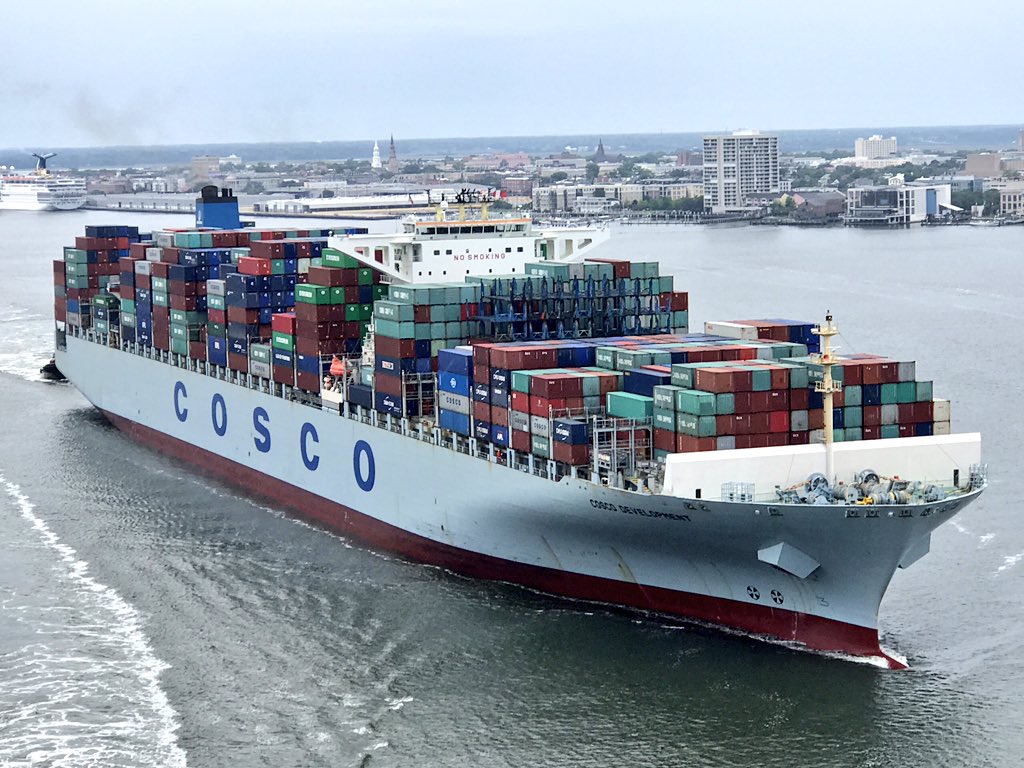As the maritime industry approaches a critical regulatory crossroads, significant technological advancements are strengthening LNG’s position as a viable transition fuel for shipping’s decarbonization journey.
A major breakthrough in methane slip reduction technology was announced yesterday by Kanadevia Corporation, Mitsui O.S.K. Lines (MOL), and Yanmar Power Solutions. Full-scale demonstration trials conducted since May 2025 have achieved a remarkable 98% methane slip reduction rate in real-world conditions, far exceeding their initial 70% target. The trials are being conducted on the LNG-fueled coal carrier REIMEI, operated by MOL, on routes between Japan and Australia.
This development comes at a crucial time as SEA-LNG, the industry coalition supporting the methane decarbonization pathway, highlighted recent progress in reducing greenhouse gas emissions from LNG as a marine fuel ahead of next week’s Marine Environment Protection Committee (MEPC) session at the UN International Maritime Organization.
“The evidence is clear: LNG is delivering emissions reductions now and providing a practical pathway to net-zero through biomethane and e-methane. It is essential that future regulation builds on this momentum and recognizes the proven benefits of the methane decarbonisation pathway,” said Peter Keller, Chairman of SEA-LNG.
Landmark Study Reveals Lower Emissions for LNG Marine Fuel Than Previously Thought
With approximately 95% of vessels still using oil-based fuels, LNG has emerged as the leading alternative, now representing nearly 20% of the global vessel orderbook.
The technological breakthrough addresses one of the primary criticisms of LNG as a marine fuel—methane slip, which occurs when a portion of methane in LNG fuel is emitted into the atmosphere unburned. Methane has a higher greenhouse effect than CO2, making its reduction essential from the perspective of GHG reduction.
The project, funded under the Green Innovation Fund Project “Development of Next-Generation Vessels” led by the New Energy and Industrial Technology Development Organization (NEDO), combines methane oxidation catalysts with engine improvements. According to the developers, the technology achieved a 93.8% methane slip reduction rate in land-based trials, which has now been surpassed by the 98% reduction achieved in actual maritime operations at 75% load.
These developments align with SEA-LNG’s position that the LNG pathway offers immediate and future benefits. Steve Esau, Chief Operating Officer of SEA-LNG, noted: “Independent studies by Sphera and Rystad Energy confirm a steady decline in well-to-tank emissions from LNG over the past decade. With further reductions expected as supply chains evolve, and with LBM and e-methane scaling, the pathway is both credible today and vital for the industry’s long-term transition.”
The timing of these announcements is particularly relevant as the IMO’s Marine Environment Protection Committee (MEPC) prepares to meet for its 2nd extraordinary session from October 14-17, at IMO Headquarters in London. The committee will consider the adoption of draft amendments to MARPOL Annex VI, including the IMO Net-Zero Framework, which was approved by MEPC 83 in April 2025.
The IMO Net-Zero Framework represents a significant shift in maritime regulations, featuring two key elements: a global fuel standard requiring ships to gradually reduce the GHG intensity of their fuels and a pricing mechanism with set prices on GHG emissions. If adopted, these regulations are expected to enter into force in March 2027.
Ship emissions under the framework are measured using GHG Fuel Intensity (GFI), which calculates greenhouse gas emissions for each unit of energy used, expressed in grams of CO? equivalent per megajoule. This “well-to-wake” approach covers emissions from the entire fuel lifecycle—from extraction and production to use onboard.
For LNG proponents, the advancements in methane slip reduction technology could significantly improve the fuel’s GHG Fuel Intensity profile. This comes as the framework defines “zero or near-zero” emission fuels (ZNZs) as those with a GFI of no more than 19.0 gCO?eq/MJ through 2035, after which the threshold tightens to 14.0 gCO?eq/MJ.
The Yanmar-led project aims to continue onboard trials through the end of FY2026 to evaluate overall system performance and catalyst durability, with the goal of social implementation from FY2027 onward—coinciding with the expected enforcement timeline of the IMO Net-Zero Framework.
For the maritime industry, these developments suggest that LNG—with its established infrastructure and growing technological improvements—may continue to play a significant role in shipping’s decarbonization pathway, particularly as a transition fuel while other zero-emission technologies mature.
The question now facing industry and regulators is whether these technological advancements will be recognized within the IMO’s framework and how they might influence the trajectory of maritime decarbonization strategies as the industry navigates toward increasingly stringent emissions regulations.

 Join The Club
Join The Club











